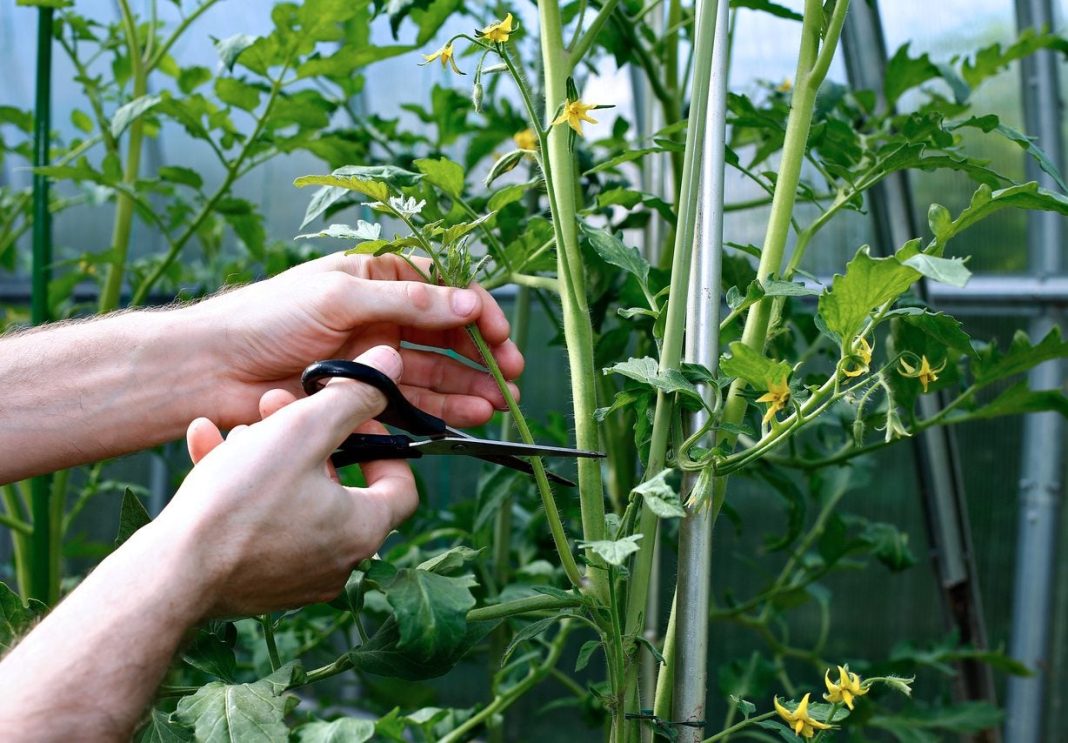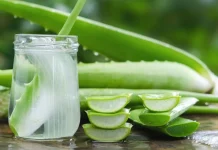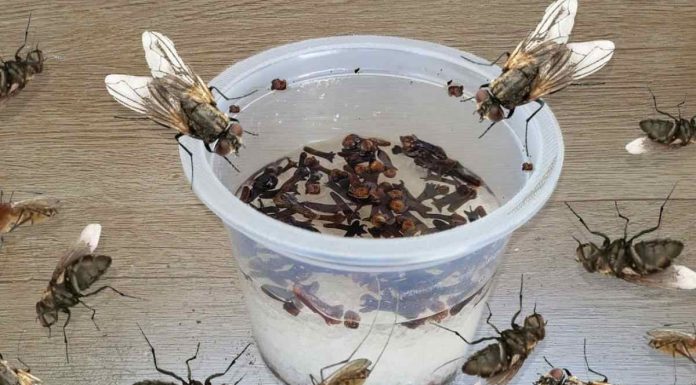Tomato gardening is a cherished activity for many, offering the promise of juicy, flavorful tomatoes straight from the vine. However, there’s a long-standing debate among gardeners about whether to prune tomato suckers. Some experts advise removing all suckers to promote better fruit production, while others argue that leaving them can lead to more abundant harvests. Here, we dive deep into why you should reconsider pruning all tomato suckers and provide detailed tips on how to maximize your tomato harvest.
Understanding Tomato Suckers
Tomato suckers are the small shoots that grow in the axils between the stem and a leaf branch. These are often removed because they consume energy that could otherwise go into fruit production. However, suckers can also turn into strong branches that bear fruit, contributing to a larger overall yield.
Why You Shouldn’t Prune All Tomato Suckers: Increased Photosynthesis
Each sucker has leaves that contribute to the plant’s overall photosynthesis process. More leaves mean more photosynthesis, which can result in more energy for the plant to produce fruit. By allowing some suckers to grow, you’re potentially increasing the plant’s ability to produce more tomatoes.
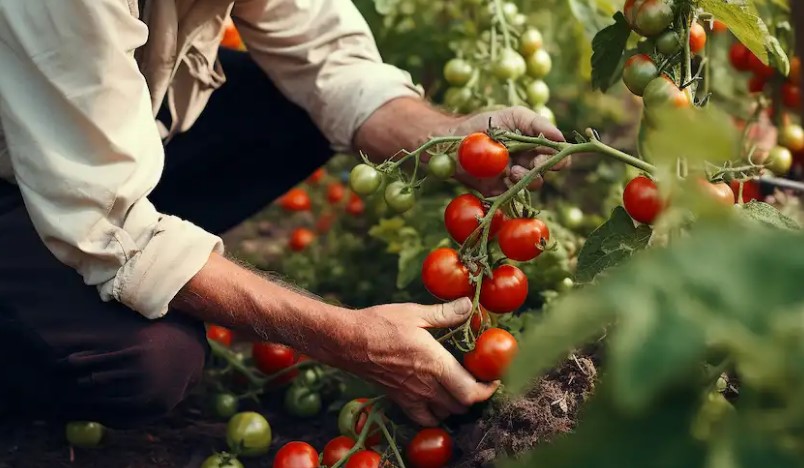
More Fruit-Bearing Branches
Suckers can grow into substantial branches that produce their own flowers and fruits. By removing all suckers, you limit the number of branches that can bear fruit, thereby potentially reducing your overall harvest. Learn more about the ultimate guide to growing tomatoes.
Better Sun Protection
Leaves from suckers can provide shade for the tomatoes, protecting them from sunscald—a condition where fruits get sunburned, leading to white or yellow patches that ruin their taste and texture.
Enhanced Disease Resistance
Unpruned plants tend to be bushier and have better air circulation around the base, which can help reduce the incidence of soil-borne diseases. Pruned plants can sometimes become too sparse, making them more susceptible to such issues.
Best Practices for Managing Tomato Suckers
Instead of removing all suckers, consider a balanced approach that allows your plants to thrive.
Selective Pruning pruning tomatoes
Rather than removing every sucker, selectively prune only the ones that might overcrowd the plant or take up too much energy. Focus on removing suckers that are very low on the plant or those that might interfere with airflow and sunlight reaching other parts of the plant. For more tips, explore why and when to top off your tomato plants.
Timing is Key
If you decide to prune, do it early in the morning when the plant is less stressed and has ample time to heal during the day. This can help prevent the spread of diseases.
Use Clean Tools
Always use clean, sterilized pruning tools to prevent the spread of diseases. Sterilize tools with rubbing alcohol or a bleach solution between cuts, especially if you are working on multiple plants.
Support Your Plants
When allowing suckers to grow, ensure your plants have adequate support. Use stakes, cages, or trellises to keep branches upright and prevent them from breaking under the weight of the fruit.
Mulching
Apply mulch around the base of your tomato plants. Mulch helps retain moisture, suppress weeds, and improve soil health. Organic mulches like straw or grass clippings can also add nutrients to the soil as they decompose.
Watering
Proper watering is crucial. Tomatoes need consistent moisture, but overwatering can lead to root rot and other issues. Aim to water deeply and infrequently, keeping the soil consistently moist but not waterlogged. Drip irrigation or soaker hoses are ideal for providing even moisture.
Fertilizing
Feed your tomatoes with a balanced fertilizer that includes essential nutrients like nitrogen, phosphorus, and potassium. Organic options such as compost or fish emulsion can provide a slow-release source of nutrients. Avoid high-nitrogen fertilizers, which can promote excessive foliage growth at the expense of fruit production. Discover the benefits of using key ingredients for cultivating giant tomatoes.
Pest and Disease Management
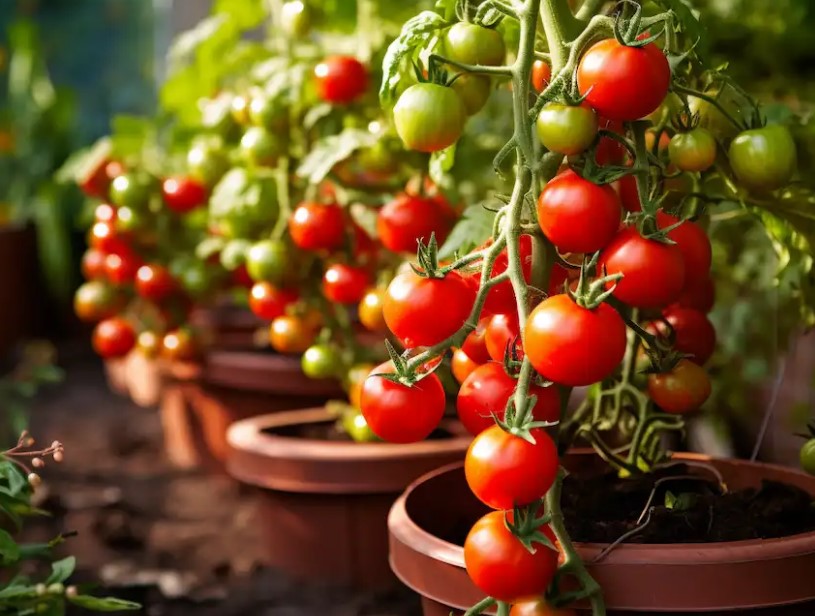
Monitor your plants regularly for signs of pests and diseases. Early detection is key to managing problems before they become severe. Use organic pest control methods, such as introducing beneficial insects, applying neem oil, or using insecticidal soaps, to keep your plants healthy.
Reconsidering the practice of pruning all tomato suckers can lead to a more abundant and healthier tomato harvest. By selectively pruning, ensuring proper plant support, and following best practices for watering, fertilizing, and pest management, you can optimize the growth and yield of your tomato plants. Embrace a balanced approach to pruning, and enjoy a bountiful harvest of delicious, homegrown tomatoes.
For further reading, consider exploring resources such as university agricultural extensions, gardening books, and expert gardening websites. These sources can provide additional insights and detailed guidance tailored to your specific growing conditions and tomato varieties.


